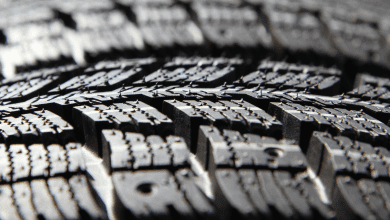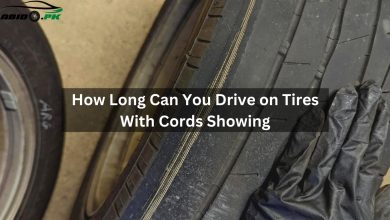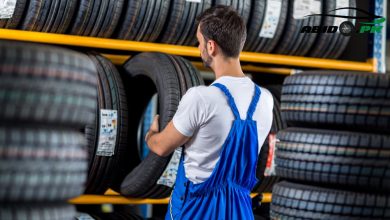Which Tyres Are Best Tubeless or With Tube?
Tyres are an essential component of any vehicle, as they are responsible for providing the necessary grip and traction on the road. There are two types of tyre configurations available – tubeless and tube-type. Both of these configurations have their pros and cons, and the best choice depends on various factors such as the type of vehicle, driving conditions, and personal preferences.
Tubeless tyres are designed without an inner tube and instead have an airtight seal around the rim. This eliminates the need for an inner tube, which can reduce the chances of getting a flat tire and improve ride comfort. Additionally, tubeless tyres have a lower risk of punctures and are more resistant to cuts and abrasions compared to tube-type tyres.
One of the biggest advantages of tubeless tyres is that they offer improved handling and stability. The absence of an inner tube allows for a larger air volume, which can provide better handling and stability, especially in high-speed driving conditions. Moreover, tubeless tyres can also offer a more comfortable ride due to the increased air volume, which results in a smoother ride and reduced road noise.
However, tubeless tyres have their drawbacks as well. Firstly, they are more expensive compared to tube-type tyres and require specialized equipment to install. Furthermore, in case of a puncture, repairing tubeless tyres can be a more complicated and time-consuming process compared to tube-type tyres.
[i2pc show_title=”false” title=”Pros & Cons” show_button=”false” pros_title=”Pros” cons_title=”Cons” ][i2pros]Reduced risk of punctures: The absence of an inner tube reduces the chances of getting a flat tire.Improved handling and stability: The larger air volume in tubeless tyres provides better handling and stability.
More comfortable ride: The increased air volume results in a smoother ride and reduced road noise.
More resistant to cuts and abrasions: Tubeless tyres are less prone to damage compared to tube-type tyres.
[/i2pros][i2cons]Higher cost: Tubeless tyres are more expensive compared to tube-type tyres.
Specialized installation equipment required: Installing tubeless tyres requires specialized equipment.
Complicated repair process: Repairing tubeless tyres can be a more complicated and time-consuming process compared to tube-type tyres.
[/i2cons][/i2pc]
On the other hand, tube-type tyres are fitted with an inner tube, which is responsible for holding air inside the tyre. These tyres are typically more affordable compared to tubeless tyres and can be easily repaired in case of a puncture. Additionally, tube-type tyres can be used on a wider range of rims, as they don’t require a specific type of rim to be fitted.
One of the key benefits of tube-type tyres is that they offer a smoother ride compared to tubeless tyres. The inner tube helps absorb shocks and vibrations from the road, which results in a smoother ride. Moreover, in case of a puncture, tube-type tyres are easier and quicker to repair, as the inner tube can simply be replaced.
However, tube-type tyres also have their downsides. They are more susceptible to punctures, as the inner tube is exposed to the road and can easily be damaged. Additionally, tube-type tyres can be more prone to blowouts, as the inner tube can burst due to overinflation or other reasons.
[i2pc show_title=”false” title=”Pros & Cons” show_button=”false” pros_title=”Pros” cons_title=”Cons” ][i2pros]Affordability: Tube-type tyres are typically more affordable compared to tubeless tyres.Easier repair process: In case of a puncture, tube-type tyres are easier and quicker to repair.
Smoother ride: The inner tube helps absorb shocks and vibrations from the road, resulting in a smoother ride.
Compatible with a wider range of rims: Tube-type tyres can be used on a wider range of rims.
[/i2pros][i2cons]Increased risk of punctures: The inner tube is exposed to the road and can easily be damaged.
Prone to blowouts: The inner tube can burst due to overinflation or other reasons.
Reduced handling and stability: The smaller air volume in tube-type tyres can result in reduced handling and stability compared to tubeless tyres.[/i2cons][/i2pc]
In conclusion, both tubeless and tube-type tyres have their pros and cons, and the best choice depends on various factors such as the type of vehicle, driving conditions, and personal preferences. Tubeless tyres offer improved handling and stability and are more resistant to punctures, but are more expensive and complicated to repair. On the other hand, tube-type tyres are more affordable and easier to repair, but are more susceptible to punctures and blowouts.




